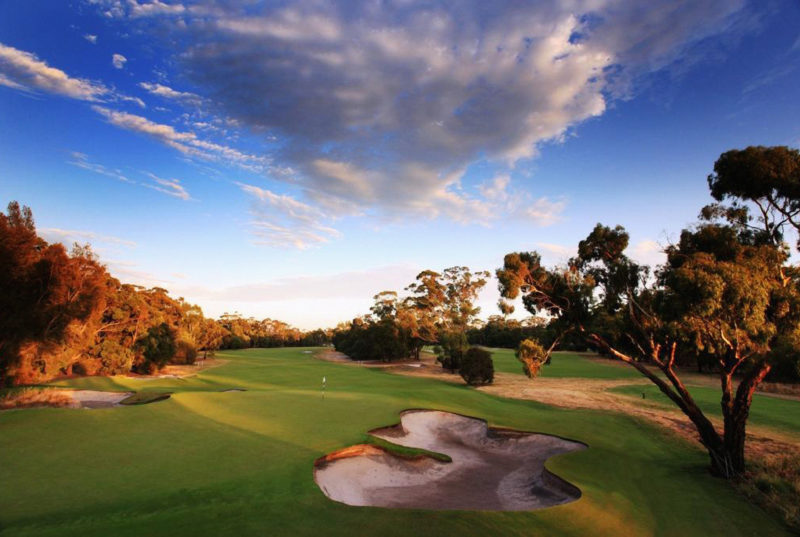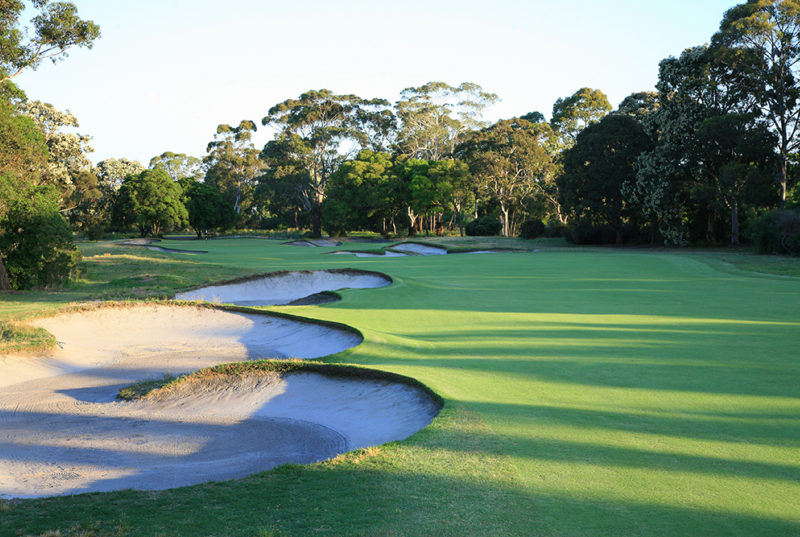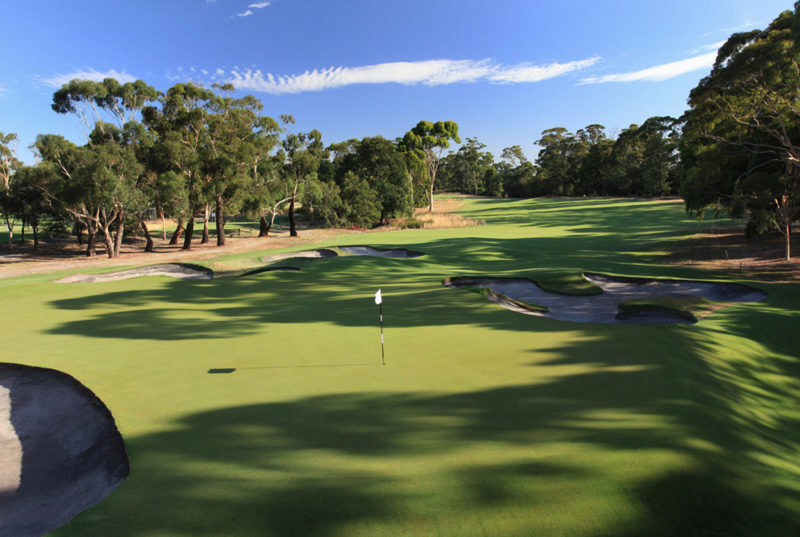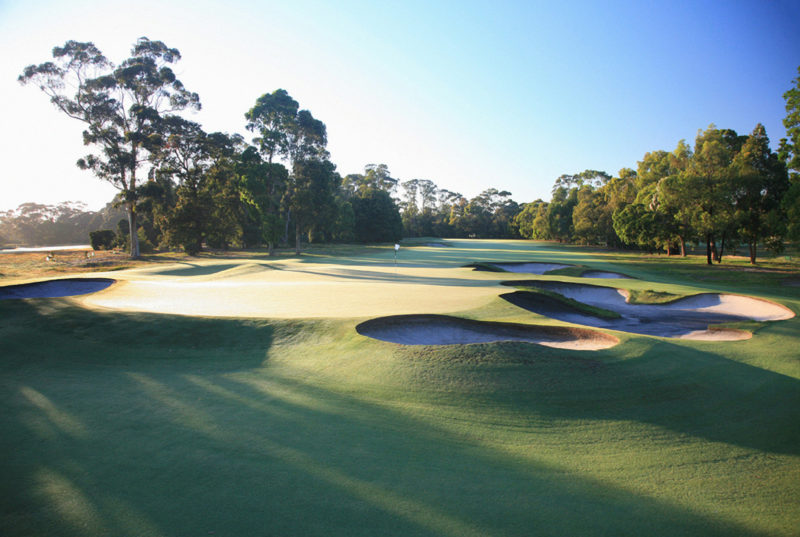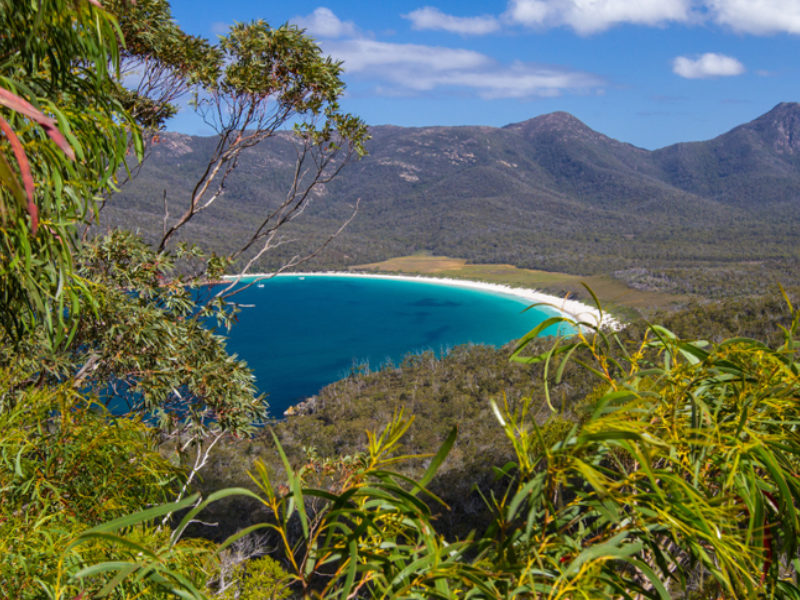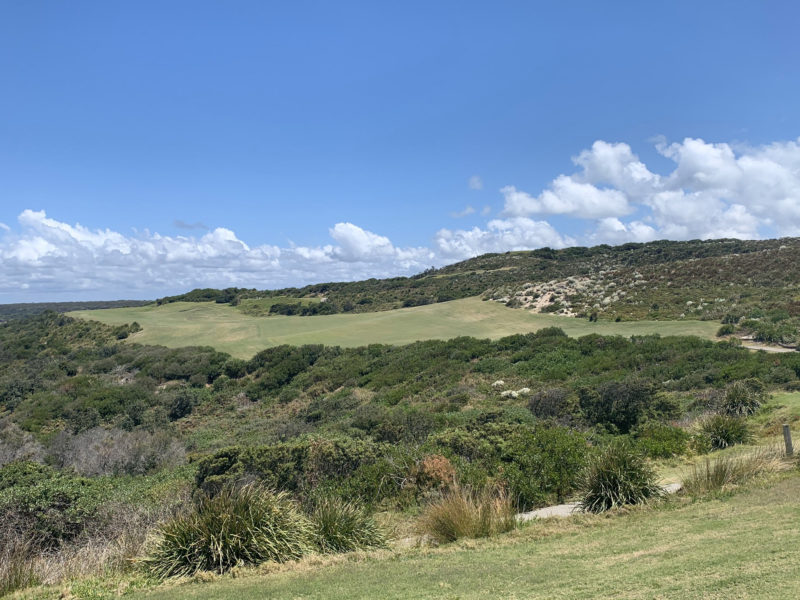- 2018: #13 in Australia (Golf Digest)
Home to the Australian Open many times over in its long history, Metropolitan GC is a classic sandbelt course in Victoria and most recent host of the World Cup of Golf in 2018.
History:
The club was actually founded via a member schism when Metropolitan and Royal Melbourne were one in the same club (until 1901). As the city of Melbourne expanded in the late 19th century some members of the golf club wanted to move further south (RMGC) while others wished to remain in the city (Metro). Ultimately the split resulted in additional land eventually being purchased for Metro's present day location and a course with a personality of its own.
Grounds:
"This is a natural golf course where the grass is playable 12 months of the year. This is really the most natural primo course in the world. You couldn't put anything near it, as far as I'm concerned" - Stuart Appleby
Metropolitan GC has fewer natural undulations that one may expect for this area- similar perhaps more to Kingston Heath than Royal Melbourne. However, like the other greats in the area, the course has an excellent sandy base and boasts near perfect plantings and conditioning. It is famous for paying strict attention to the the little things- going so far as the grounds crew hand finishing around bunkers cut sharply into the fast putting surfaces with small tools in order to provide the greatest attention to detail.
The sandy base is great for displaying the magnificent native Australian trees like natural eucalyptus, indigenous vegetation and shrubs, and the grounds house, at over 130 years old, one of the most famous red flowering gums in the country.
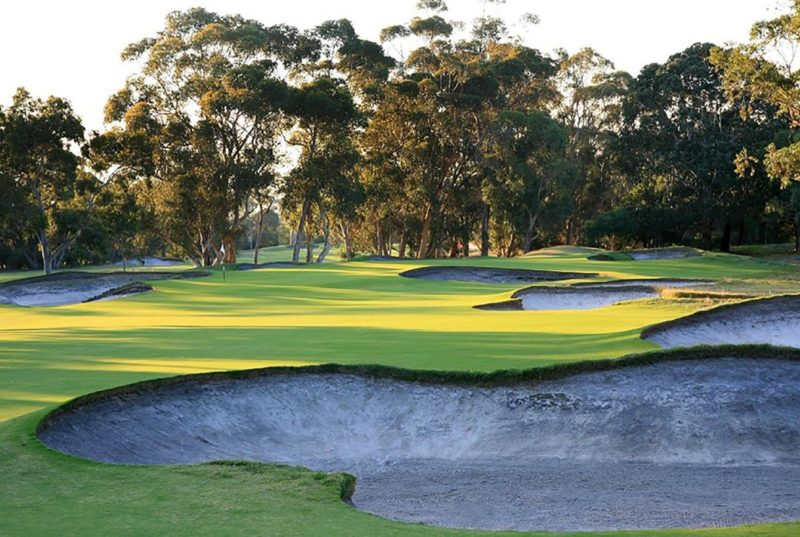
Layout:
The initial layout of this courses was designed by a club member (an engineer named Mackenzie) with significant input and re-routing suggestions provided by Alister MacKenzie's (no relation) during his visit to Australia in 1926.
The front nine garners more praise than the back nine, as it is original and was created with golfing strategy in mind. Unfortunately, in the 1960s the government took land from the course in order to build a school and thus acquired the grounds of the original 12th - 16th holes! The course was thus changed significantly in 1960 by Dick WIlson and has more recently been modernized by Michael Clayton and the Crafter + Mogford Group (Barwon Heads) for upgrades to various holes.
Today there are 96 bunkers and the entire course is flanked by huge Australian native trees. Not only gorgeous to play through, these trees providing a sanctuary to many species of native birds which are heard throughout play as well!
Signature Holes:
1st: Two fairway bunkers guard the ideal driving line down the left and a typically sprawling greenside bunker to the right makes the shot from the right so much more complicated than the shot from the left. The middle of the fairway although safe is rarely the most efficient line to take on any of the holes at Metro.
2nd: Classic sandbelt Par-3 is a favorite of most members
5th: Par-4 This is a medium length par-4 that provides a great chance for bird if one is accurate off the tee and does not get greedy in trying to hit the driver with too much power.

